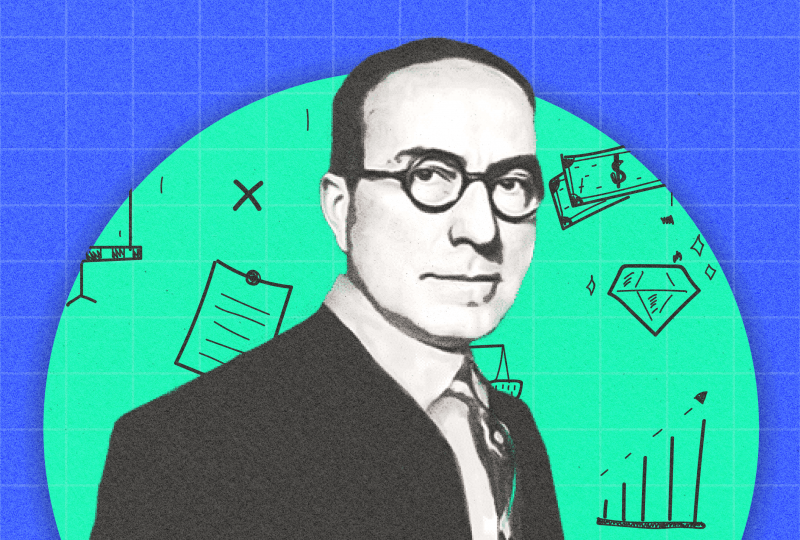US Banks Prepare to Report Third-Quarter Results. Watch These 5 Things
Oct 14, 2022

The biggest American banks are preparing to publish their third-quarter results on Friday, with Wall Street getting ready for the worst. Although there isn't much cause for concern in the banks' actual results, investors think a recession is imminent, which may put lenders' bottom lines at risk.
Bank executives are also taking notice. At a CNBC conference on Monday, Jamie Dimon, JPMorgan Chase's chairman and CEO, warned that the US and global economy are facing "very, very serious" challenges, which could lead to recession.
While Dimon has previously said that the bank is preparing for such a scenario, the remarks cast doubt on what was already expected to be an underwhelming earnings season for the sector.
The problem isn't with the banks. They are currently struggling due to a lack of favorable factors. It is no longer possible to support bank stocks with frenetic deal-making and trading activity, as it has been for most of the past two years.
Even rising interest rates, supposed to make life easier for lenders, have not made much of a difference. Therefore, it's no surprise the SPDR S&P Bank ETF has fallen 17% this year, which is only marginally better than the S&P 500, which has fallen 25%.
Friday will see JPMorgan post its results first, followed by Morgan Stanley, Citigroup, and Wells Fargo. The Bank of America report will be released on Monday, while Goldman Sachs will report on Tuesday. According to UBS analysts, earnings across investment banking will decline about 4% year-over-year, indicating sluggish activity in the sector.
The following is what Wall Street will pay attention to as banks report their results.
Net Interest Income and Net Interest Margins
Even though borrowers complain about high interest rates, lenders usually love them because higher rates allow banks to earn more from loans they issue. Five times this year, the Federal Reserve has raised the federal funds rate to the range of 3%-3.25%, resulting in a boost in net interest income for banks. In the meantime, the net interest margin has also increased due to higher interest rates while banks are repricing their loans faster than deposits, resulting in a wider spread.
Demand for Loans
In order to make money on loans, banks must actually constantly issue new ones. While the pandemic was going on, loan demand remained flat as households and businesses were sitting on pandemic stimulus cash. Nevertheless, banks have seen major loan growth increases in recent quarters due to inventory reductions amid inflationary times. However, given rising interest rates and uncertain economic conditions, some prospective borrowers might be discouraged from taking on new debts. The Fed recently reported that loan balances had increased by 1.4% over the past quarter and 10% over the past year. Erika Najarian, an analyst at UBS, anticipates positive loan growth to remain in the third quarter but believes this growth will be much slower.
Tough Credit Conditions
A bank's loan portfolio health is closely tied to loan demand. With a strong job market and pandemic stimulus, borrowers were well-positioned to enter the current period of uncertainty. Nevertheless, inflation is likely to cause households to see their cash piles dwindle. Bankers won't be concerned about credit risk in their reports, but inflationary pressures could be a hindrance, according to CFRA analysts' expectations. As for the commercial sector, CFRA analyst Kenneth Leon believes the outlook is more positive, pointing out that the banks' industrial and commercial loan books contain no distressed industries.
Weakness in Capital Markets
In the face of rising rates and economic uncertainty, underwriting and advisory revenue will be an unquestionably weak spot for banks. A trading boom amid high levels of market volatility in the third quarter may offset some of that expected weakness; however, it won't be as big as the booms seen in 2020 and 2021.
Outlooks
A bank's outlook is always of greater interest to investors than its three-month results itself. The comments made by Dimon were ahead of the curve on Monday, but Wall Street will increasingly pay attention to bank executives' opinions regarding the health of the economy and customers' sentiments.




